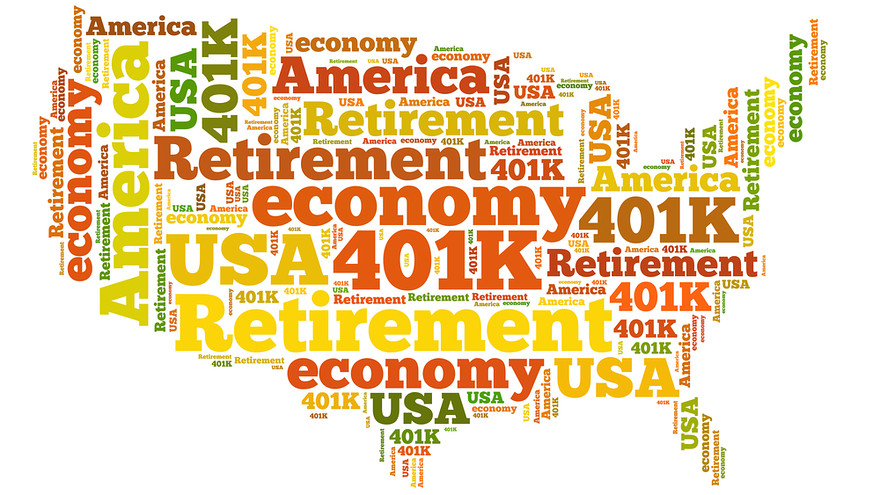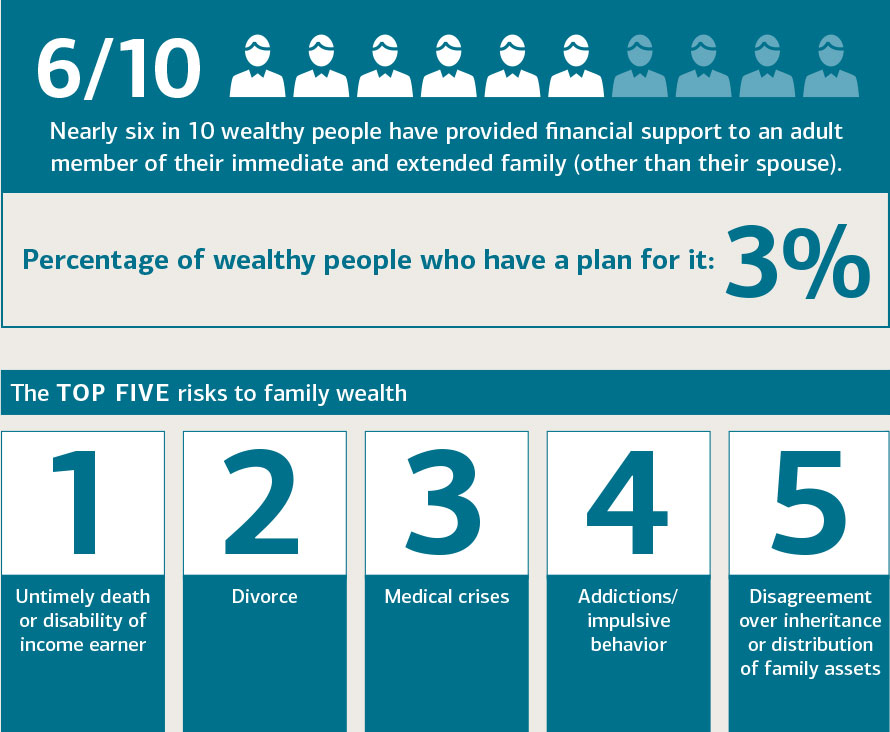Twelve Stunning and Unique Demos
Lorem ipsum dolor sit amet, ocurreret assentior sit id, et nam impetus numquam. Detracto erroribus et mea. Malorum temporibus vix ex.
Lorem ipsum dolor sit amet, ocurreret assentior sit id, et nam impetus numquam. Detracto erroribus et mea. Malorum temporibus vix ex.
Malorum temporibus vix ex.Ius ad iudico labores dissentiunt. In eruditi volumus nec, nibh blandit deseruisse ne nec, vocibus albucius maluisset ex usu.
Ea mei nostrum imperdiet deterruisset, mei ludus efficiendi ei. Sea summo mazim ex, ea errem eleifend definitionem vim.Malorum temporibus vix ex.
Nihil quaeque moderatius quo ut, eu vix noster fierent postulant. Est ut magna tation, nec timeam tractatos dissentiunt id, ne integre albucius eam. Animal docendi efficiantur ut eam.
Malorum temporibus vix ex. Ius ad iudico labores dissentiunt. In eruditi volumus nec, nibh blandit deseruisse ne nec, vocibus albucius maluisset ex usu.
 A new study on which schools produce the best investors has U.Va. in the top spot, according to the Wall Street Journal.
A new study on which schools produce the best investors has U.Va. in the top spot, according to the Wall Street Journal.
SumZero – “a gated online community” for investment pros analyzed their user data reaching back to 2008. The University of Virginia produces better stock pickers on average than any of the Ivy Colleges.
And just in case you’re wondering, two-third of the personnel at NorthStar Capital Advisors are U.Va. graduates!
By the way — we consider these results as pure entertainment. Stock picking is only part of the big picture. Long-term success for most investors requires careful planning, diligent saving, and disciplined execution of your investing strategy.
 Paul Merriman writes about seven fatal flaws in America’s 401(k) plans:
Paul Merriman writes about seven fatal flaws in America’s 401(k) plans:
#1 Restricted Access
The first and biggest flaw in 401(k) plans is restricted access to the best investment choices
#2 Participation not required
I believe that many American households, with nothing saved for retirement, are headed by employed breadwinners who could participate in a 401(k) retirement plan
#3 Insufficient employer match
I also think employers should be required to match at least a quarter of what each employee contributes — after the waiting period, of course.
#4 Employees bear the costs
Many employers make their workers pay the costs of administering a 401(k) plan, which should be treated as an employee benefit that’s paid for by the company. In far too many cases, the costs paid by employees are hidden in the form of higher fees for investment funds.
#5 No Rollover IRA option
Federal law allows — but doesn’t require — employers to let employees move part or all of their 401(k) balances into a Rollover IRA while continuing to contribute to the company plan. All workers should have this option, which gives them access to virtually unlimited investment choices.
#6 Too much company stock
Corporate 401(K) plans often encourage participants to load up on company stock. There’s probably no way to stop this short of a federal law, because employers with publicly-traded stock love the steady market that’s created for their shares every payday.
#7 Default options are too safe
Too many plans steer contributions to low-performance investments. It’s bad enough that the employee’s default option in many plans is simply not to participate. But for those who do sign up, it’s equally wrong to have a default option of a stable value fund that virtually guarantees the employee will gradually lose some of the purchasing power of their savings.
 source: U.S. Trust
source: U.S. Trust

